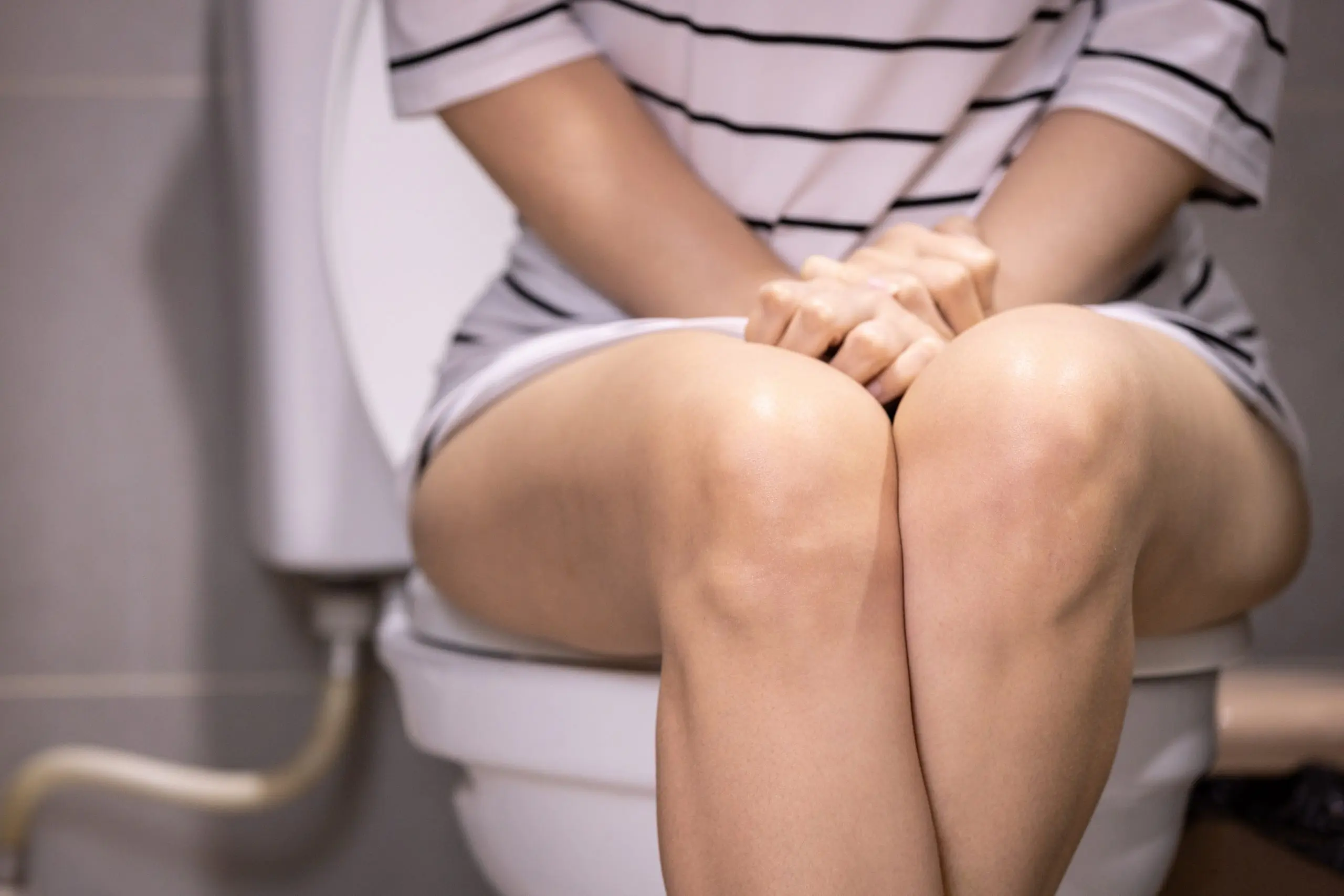Nappy Rash- why it happens and what to do about it
What causes nappy rash?
No matter how careful parents and carers are, most babies get nappy rash at some stage. It’s caused by a few factors that combine to inflame the skin- exposure of the skin to moisture, irritating substances in wee and poo, and friction from wearing a nappy. Sometimes yeasts (thrush, also known as candida) or bacteria get involved and make matters worse. Mild nappy rash probably won’t cause much discomfort, but if the skin is very inflamed or starts to weep (particularly if there’s a thrush or bacterial infection), your baby may become irritable. Some parents also notice their babies are more prone to nappy rash when they’re teething- it’s not known for sure why this might be, though the theory is that they make more saliva (spit) and this changes the nature of their poo.
What does nappy rash look like?
The skin around the anus and between the buttocks looks red, and sometimes blistered or weeping. The rash may spread to the vulva in girls, or around the penis and scrotum in boys. It may even extend to the lower tummy, groin and buttocks. In some cases, there may be red spots dotted at the edges of the main rash- this can be a sign that thrush is also present.
How to prevent nappy rash
Prevention of nappy rash involves using good quality nappies, and changing regularly. It’s recommended to allow some nappy free time every day, as this helps the skin to dry out properly. It may also help to apply barrier cream after each change (zinc based ones such as Sudocrem are often good). Some baby wipes contain ingredients that irritate the skin and worsen the rash- so it can be best to clean baby’s bottom using lukewarm water and cotton wool, or else wipes that are free from irritants.
Treatment of nappy rash
If the rash is getting worse, topical products such as antifungal cream which treats thrush and/or a mild steroid cream (which may reduce inflammation) can be used. Some over the counter creams contain a blend of these two ingredients, and can work well. It’s important to use regularly until the rash is gone. However, if the rash is not responding within a few days, or is clearly getting worse despite treatment, it’s best to see a doctor or maternal child health nurse for further advice.
When should I go to the doctor?
If the skin is weeping and blistering, if baby seems unwell, or the rash is not settling or is spreading despite all the above measures, it’s time to see a doctor. If bacteria infect a nappy rash, this may lead to weeping or breaking down of the skin, which may require an antibiotic cream. And now and then, there may be something less common causing the rash, such as seborrhoeic dermatitis, psoriasis, hand foot and mouth disease other rarer conditions.
If you’re worried about your child’s nappy rash, speak to your maternal child health nurse or GP.
Getting a Mental Health Care Plan in Australia: Your Guide
Getting a Mental Health Care Plan in Australia: Your Guide Mental health matters—and if you’re feeling overwhelmed, anxious, or down, a mental health care plan can help. But what is it, and how do [...]
UTI Symptoms and Treatment: What You Need to Know
UTI Symptoms and Treatment: What You Need to Know Urinary Tract Infections (UTIs) are common, uncomfortable, and often disruptive. But what exactly are the signs to watch for, and how can you get relief [...]
Free Mental Health Care Plan Online | Bulk-Billed by Qoctor
Free Mental Health Care Plan Online | Bulk-Billed by Qoctor Discover how to get a free, bulk-billed Mental Health Care Plan (MHCP) in Australia through Qoctor's telehealth service. Accessing [...]






